Desert toads, monkey frogs, harvester ants, and mullet fish can secrete hallucinogenic substances in their venom that paralyze their enemies.
Sonoran Desert Toad ( Incilius alvarius )
Habitat: Sonoran Desert, southwestern United States and northern Mexico
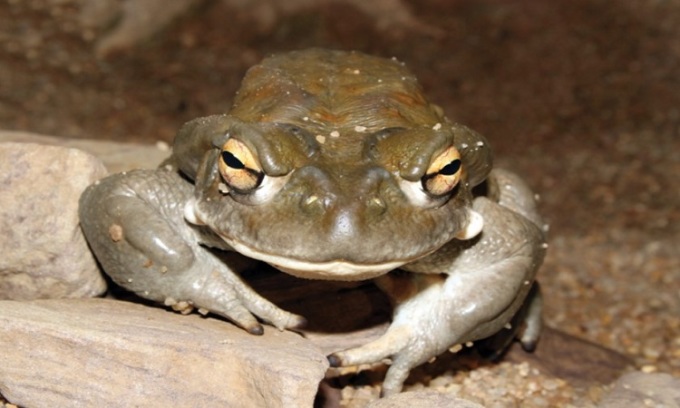
The Sonora Desert Toad is relatively large. Photo: Wikimedia
The Sonoran Desert toad, also known as the Colorado River toad, is one of the largest toads in North America and secretes an enzyme that converts bufotenine, a compound found in many other toads, into 5-MeO-DMT, a powerful hallucinogen related to the psychedelic DMT. The Sonoran Desert toad spews a toxic mixture containing 5-MeO-DMT from its parotid glands located behind each eye and glands in its legs. When ingested in large quantities by predators, the toxin causes vomiting, cardiac arrest, and even death. Scientists are still unsure why the Sonoran Desert toad produces 5-MeO-DMT. They are the only toad species that produces the compound.
Giant Monkey Frog ( Phyllomedusa bicolor )
Habitat: Amazon basin in South America
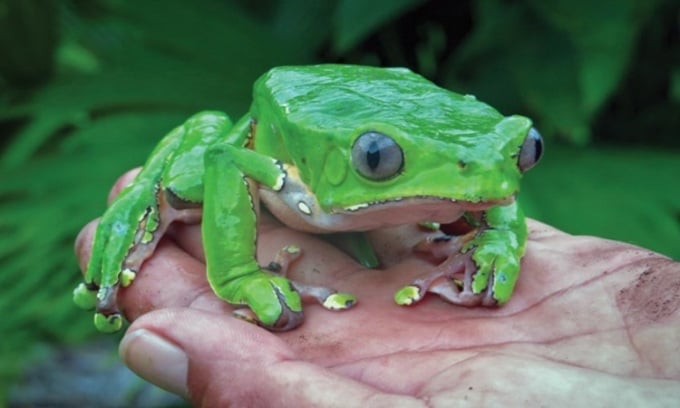
Monkey frogs secrete a compound called kambô that is used as a stimulant by aboriginal shamans. Photo: Inaturalist
Researchers are divided on whether kambô, the poison produced by giant monkey frogs, should be considered a hallucinogen. Among indigenous peoples of the southwestern Amazon, the frog’s skin secretion has been used as a stimulant in shamanic rituals for centuries. It is also often applied to small, shallow burns to increase hunters’ endurance.
When eaten by predators, kambo can cause vomiting, seizures, and changes in heart function. Researchers are still trying to decipher the specific compounds that cause these effects, but they do know that the monkey frog produces more than 200 short protein fragments that can affect bodily functions. Some of them have potential as future medicines.
California harvester ant ( Pogonomyrmex californicus )
Habitat: southwestern United States and northern Mexico
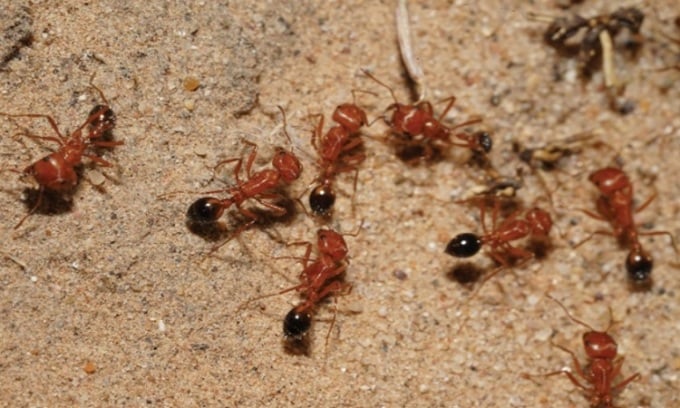
Native Californians eat harvester ants in religious ceremonies. Photo: Inaturalist
The venom of the California harvester ant is made of enzymes. Native people in central California used to eat them as part of religious ceremonies. They would swallow hundreds of the ants, living in coiled balls of eagle feathers. They were obviously stung from the inside. Justin Schmidt, an entomologist at the Southwest Biological Institute and the University of Arizona in Tucson, said the pain of multiple stings, combined with extreme cold, fasting, and in some cases, sleep deprivation, caused hallucinations in people.
The venom of a single harvester ant is enough to kill a mouse. A human can die from eating 1,000 ants. However, some animals, such as the horned lizard ( Phrynosoma solare ), have mucus in their mouths and digestive systems that allows them to eat hundreds of ants. Compounds in their blood can neutralize the venom.
Sarpa salpa
Habitat: temperate and tropical waters from the Atlantic coast of Africa to the Mediterranean Sea
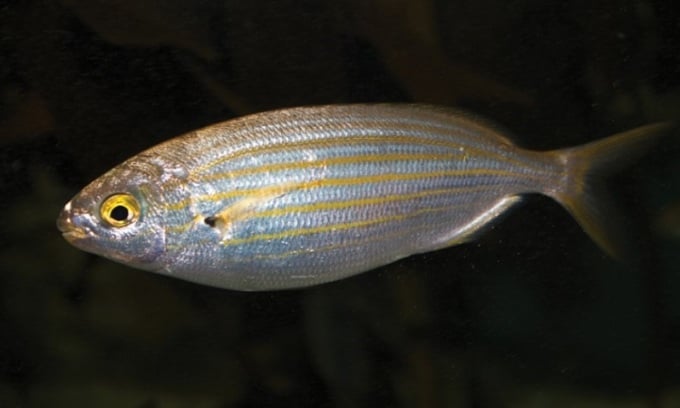
Dream fish. Photo: Flickr
The fish can cause visual and auditory hallucinations when eaten, although cases of adverse effects are rare. Two cases of hallucinogenic fish poisoning were reported in 2006 in the journal Clinical Toxicology. In one case, a man ate grilled fish and experienced hallucinations of screaming animals and giant arthropods crawling around his car. The symptoms disappeared about 36 hours after the patient ate the meat or fish. Researchers still don’t know what compound causes the poisoning. Evolutionary biologist Leo Smith of the University of Kansas in Lawrence, who studies the history and evolution of fish, said he and other scientists suspect the compound is a byproduct of the fish’s diet.
An Khang (According to Science News )
Source link












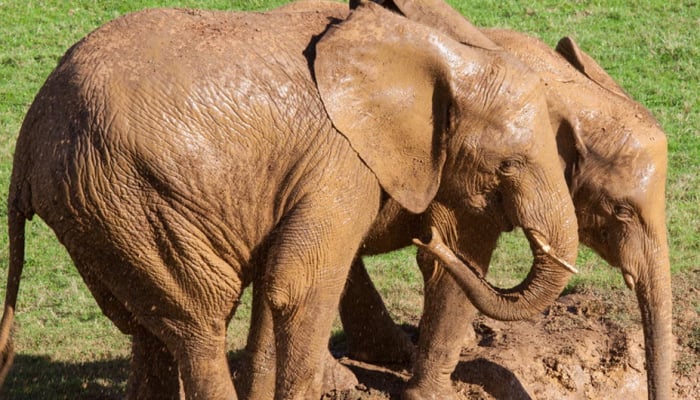

















![[Photo] Visiting Cu Chi Tunnels - a heroic underground feat](https://vstatic.vietnam.vn/vietnam/resource/IMAGE/2025/4/8/06cb489403514b878768dd7262daba0b)




























































Comment (0)